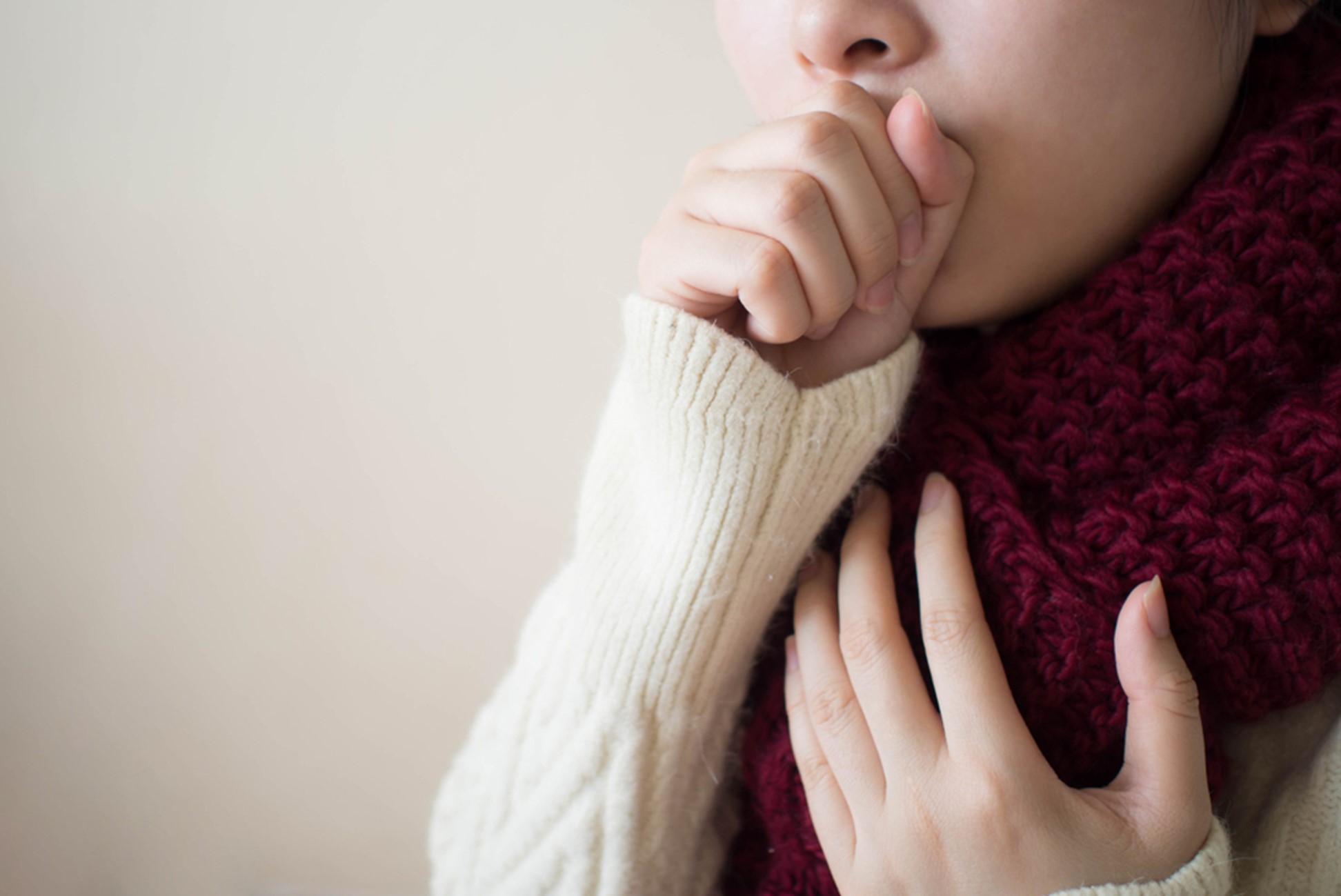As we find ourselves on the heels of cold and flu season, it can be hard to determine the root cause of our respiratory illness, especially if our symptoms aren’t severe enough to provoke an immediate emergency room visit.
Not COVID-19, the flu, or strep throat? It could be walking pneumonia, especially if it’s affecting the young, elderly, or immunocompromised.
Walking pneumonia is a common upper respiratory illness that affects thousands of people each year.
Often used interchangeably with the term “pneumonia,” it is a much milder version of what people typically think of when they recall the more severe pneumonia counterpart.
While less severe than standard pneumonia, it can be debilitating for some, even requiring an urgent care or emergency room visit.
Let’s discuss walking pneumonia in further detail, including the answer to “What is walking pneumonia?”
What Is Walking Pneumonia?
Walking pneumonia is medically referred to as “atypical pneumonia and is a mild lung infection that mimics symptoms of the more severe forms of pneumonia, including viral and bacterial pneumonia.”
Walking pneumonia causes swelling of the airways that may lead to the air sacs in your lungs filling with mucus and other respiratory and flu-like symptoms.
The main difference between walking pneumonia and “regular” pneumonia is that walking pneumonia is milder and does not typically require bed rest or hospitalization.
Symptoms
Depending on the severity of your case, walking pneumonia symptoms can range from mild to moderate and often include the following:
- cough
- sore throat
- fatigue
- chest pain
- low-grade fever
- chills
- sneezing
- headache
In rare cases, especially those affecting the immunocompromised, severe symptoms may occur. If you experience chest pain, difficulty breathing, or other severe symptoms, you should visit your local urgent care or emergency room right away.
Causes
Like regular pneumonia, walking pneumonia can be caused by bacteria, viruses, or fungi (molds).
It is important to note that no matter the cause, walking pneumonia is highly contagious and can be quickly passed from one person to another through tiny airborne droplets in the air from talking, singing, sneezing, coughing, and breathing.
Treatment
Walking pneumonia treatment depends on the root cause of the infection.
The most common treatments include
- a full course of antibiotics
- over-the-counter pain relievers, decongestants, or fever reducers
- rest and fluids
Comprehensive Treatment for Walking Pneumonia in Amory
if you or a loved one is experiencing symptoms consistent with walking pneumonia, we can help. Our team of caring providers is here to provide a prompt diagnosis and thorough treatment plan so you can start feeling better sooner.
Even if you’re symptoms are mild to moderate, we encourage you to see your urgent care provider at Amory Urgent Care for a complete diagnosis to reduce your risk of spreading it to others.
We are open seven days a week with no appointments necessary. So, walk in today to get the care you need.

